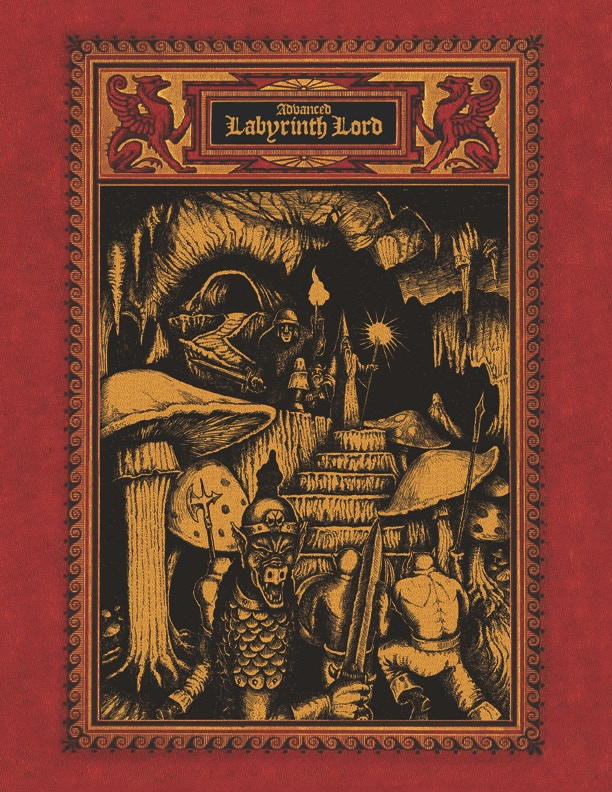Bells
From the excellent Cabinet Magazine:
Until the middle of the sixteenth century, English church bells, like other European bells, had a variety of uses: some sacred, some secular, and many that were both. Bells called congregations to church, and told them to flee if there was a fire; they rang to signal a death in the parish, and they rang to help the passage of the souls of the dead through purgatory. Other bells, or other ways of ringing the same bells, commanded people to say a particular prayer. Bells were incredibly well-loved by their parishes and were often baptized and given godparents; their individual tones were voices that spoke to the communities over which they rang. They were among the loudest sounds in the soundscape, making up a language that its parishioners could understand.
In the Injunctions issued by the ten-year-old king Edward VI in 1547, these many and varied uses for bells were drastically reduced. Only one bell was now allowed “in convenient time to be rung or knelled before the sermon.”2 Bells were so useful that a single one was still to be used to call the godly to church, but in this new post-Reformation England, their other uses were no longer officially approved. The dead didn’t need help through purgatory, because it no longer existed; there was no need to command anyone to say popish prayers such as the Ave Maria by ringing the Angelus bell, because these prayers were now deemed useless. But parishioners had such affection for church bells that this particular injunction was never seriously enforced. They went to great lengths to keep their bells, sometimes by burying them until the zealous storm had passed.
1 comment:
Adam Cirone, September 11, 2014 at 4:58 PM
Some of the uses of bells reminds me of Poe’s poem “The Bells.”



